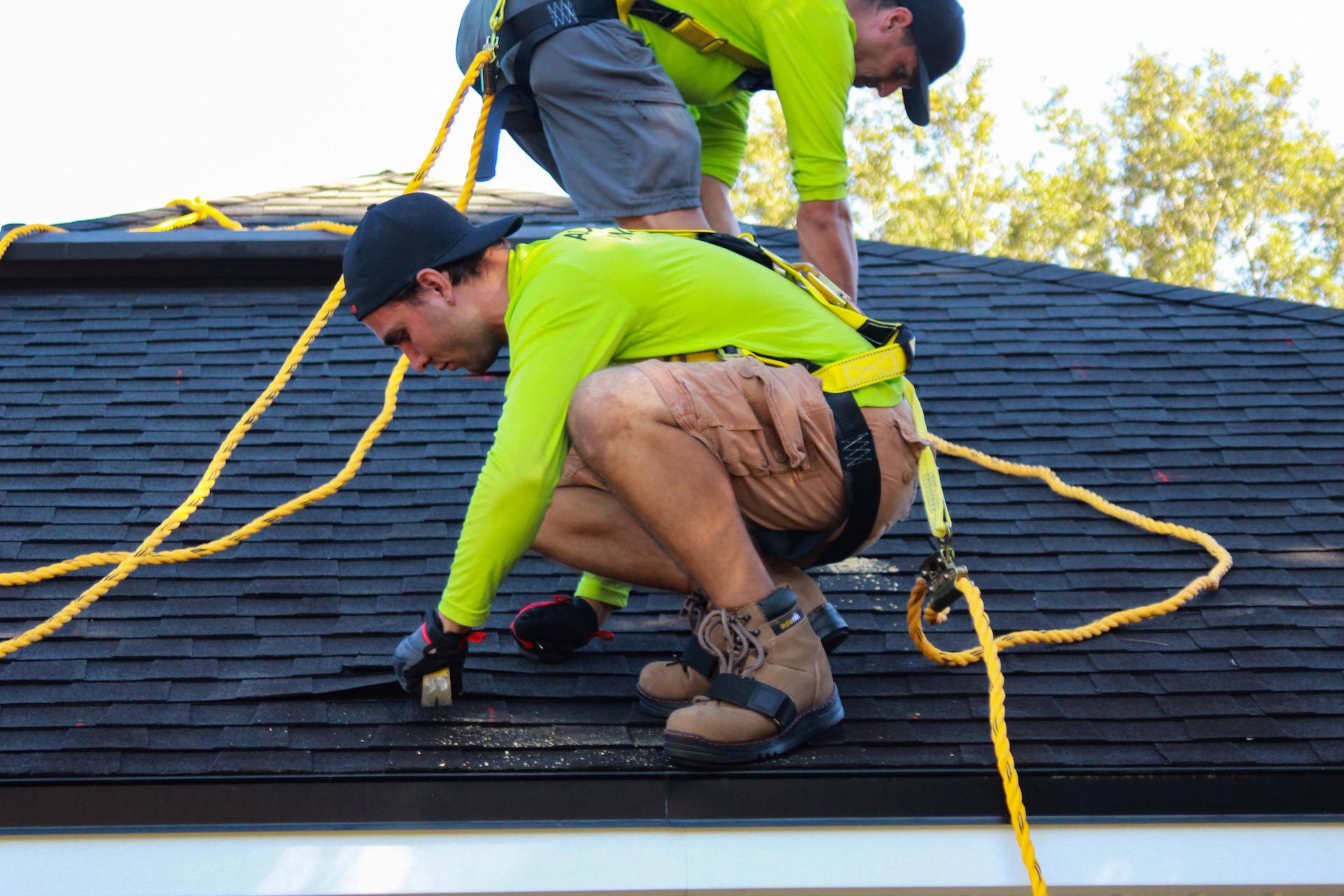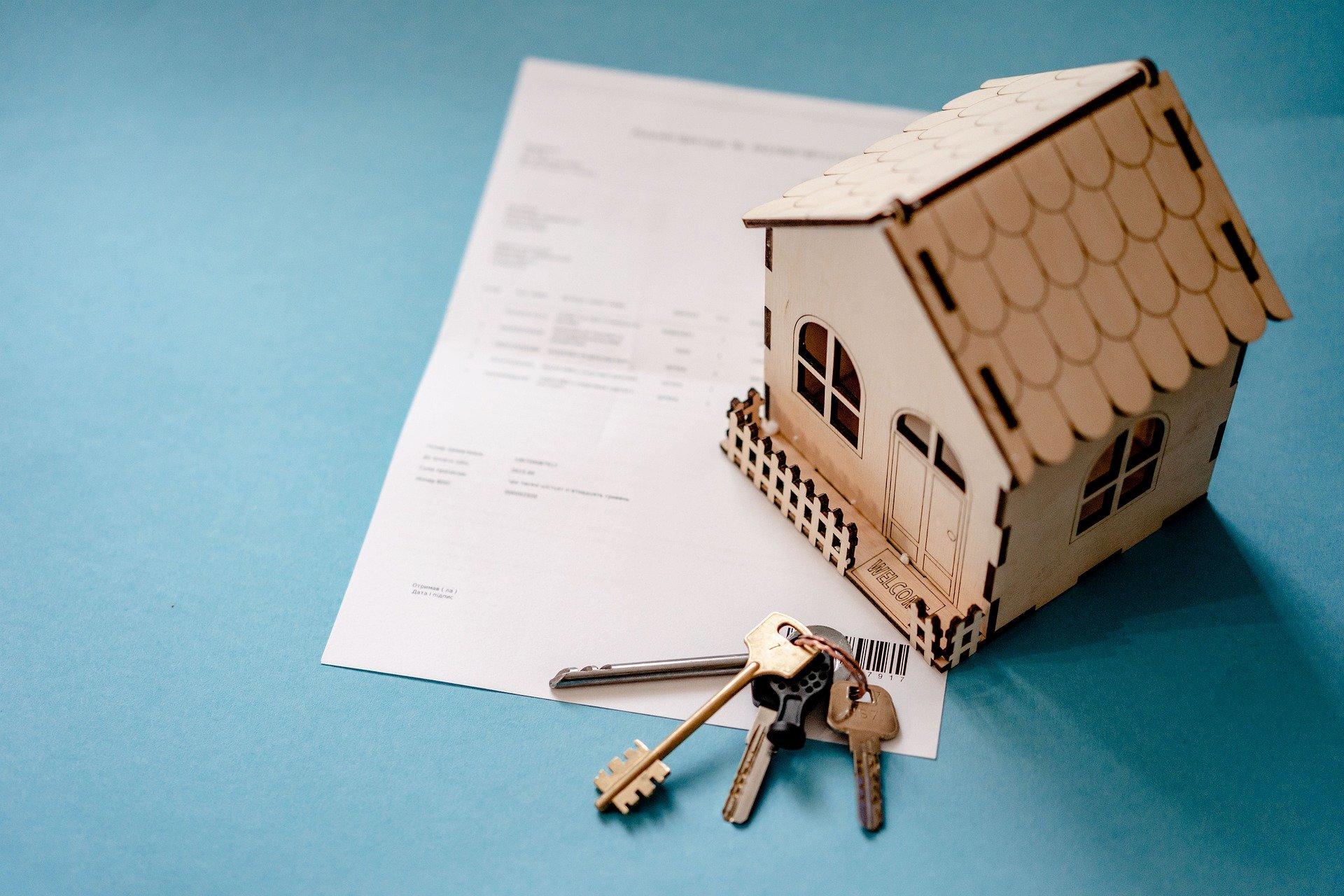Roofs, like many aspects of a home, require regular attention and care. They’re our primary defense against the elements, from torrential rain to scorching sun rays. But the very nature of their role means they’re also the most exposed and susceptible to wear and tear. It might be easy to overlook this vital part of your home when it’s doing its job correctly. However, the secret to a long-lasting roof isn’t just quality materials or expert installation. It’s about embracing a culture of regular maintenance and timely repairs, which can prevent the need for an emergency roof repair later down the road.
Imagine the wear and tear your feet would endure if you walked miles every day without proper shoes. They’d become sore, develop blisters, and suffer from the constant exposure. Your roof, in many ways, faces a similar challenge, albeit from weather elements. Regular maintenance acts like that protective shoe, shielding and prolonging the life of your roof.
Begin by understanding the nature of your roofing materials. Different materials have varied lifespans and maintenance needs. Asphalt shingles, for example, might require replacement or repair more frequently than metal roofing. Understanding the inherent strengths and weaknesses of your roofing material is the first step in designing a maintenance routine.
Regular inspections are a homeowner’s best tool. While you don’t need to climb up to your roof every week, it’s good practice to visually inspect it at least twice a year, preferably during the spring and fall. Look out for common signs of damage such as missing or warped shingles, rust spots on flashing, or any noticeable sagging areas. Also, don’t forget to inspect the inside of your home for signs of roof-related issues like water stains on ceilings or walls, which could point to a potential problem above.
Cleaning the roof might sound unnecessary, but it can be crucial, especially in areas prone to heavy leaf fall. Leaves, twigs, and debris can accumulate in valleys or near chimneys, leading to damp spots that can rot or mold. Over time, this can weaken the roofing material in these spots, making them vulnerable to leaks. A clean roof also allows for faster water runoff, minimizing the chances of water damage.
Gutters play an essential role in roof maintenance. Their primary function is to channel water away from the foundation. Clogged gutters can lead to water backing up, which could damage the roof’s edges. Cleaning gutters frequently, especially during seasons of heavy rainfall, can prevent such issues and also protect the home’s foundation and walls from potential water damage.
While you’re taking care of leaves and debris, also keep an eye out for moss and mold, especially if you live in a humid area. Over time, moss can get under the shingles, pushing them up, making them more susceptible to wind damage or even rot. It’s essential to address any moss issues sooner rather than later, ensuring it doesn’t lead to more significant problems that might result in the need for an emergency roof repair.
Of course, while regular maintenance can prevent many issues, there’s always the unexpected. A severe storm, for instance, could lead to sudden damage. In such cases, it’s essential to act quickly. Addressing issues like lost shingles immediately can prevent more extensive damage, like leaks that can compromise the roof’s structure and the interior of your home.
It’s also a wise idea to have a professional roofer conduct an inspection occasionally. While DIY inspections are beneficial, a professional eye might spot potential issues that untrained eyes could miss. They can provide advice on potential vulnerabilities and guide you on addressing them before they morph into larger, more costly problems.




